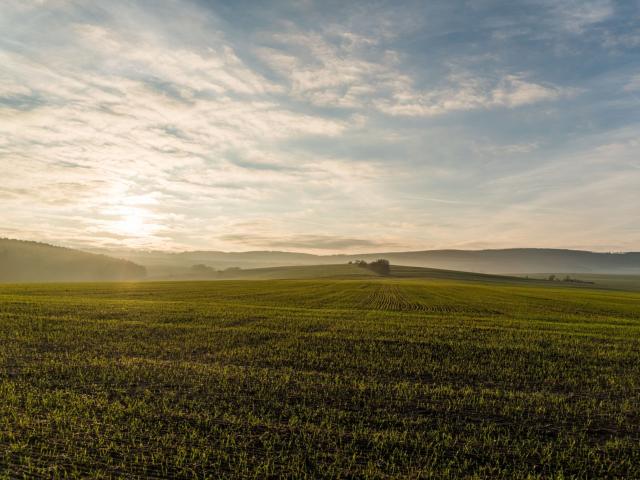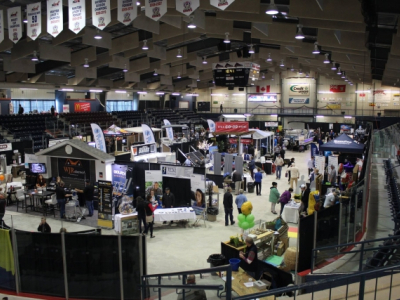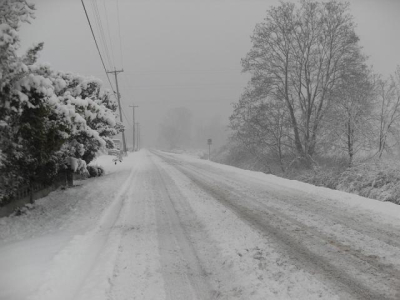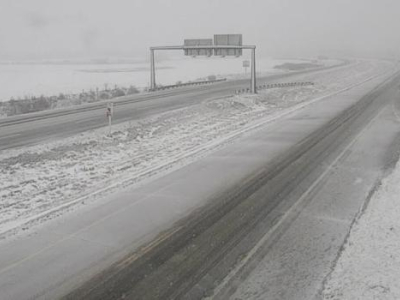The second week of the Crop Report saw a slower start than average to the season.
Some cooler temperatures and much-needed rain brought seeding to a halt last week but offered greener pastures and some well-needed recharge for dugouts.
Ethelbert saw the most moisture in the Northwest region and the second most across the province with 35.4mm total.
The only location that saw more rain was Windygates in the central region at 37mm.
In fact, All areas in the Central and Interlake regions have accumulated more than 100% of normal precipitation since May 1. The least was seen in the Pas at only 4.1mm.
Seeding progress across the province has been delayed by the recent rains and currently sits at approximately 4% of the acres seeded.
The Northwest Region saw a good start to the week with field operations beginning across most of the region.
Cool, wet weather set in midweek bringing precipitation to most of the region, leading to adequate levels of soil moisture.
Most field operations were paused during the rain, although a few were able to resume shortly after. The weekend brought good drying weather as well as good progress to either start or resume operations.
Overnight temperatures dipped below 0°C with Alonsa station reporting -3.7°C. With the warm, dry weather over the weekend, most operations are underway now in terms of field preparation, spraying and seeding. Some standing water in fields will require a couple more days of drying.
Field pea seeding is making good progress across most of the region at approximately 25% complete, being more advanced towards the Roblin area. Spring wheat seeding is also nicely getting started and is approximately 10% complete across the region. Winter wheat and fall rye conditions vary across the region. There have been only a few claims for winterkill damage.
The recent rain was a boon to pastures, as rains have helped stimulate growth and the landscape is beginning to green up.
Hay fields are in good shape, although icy conditions experienced this winter may have taken their toll on alfalfa plants in some locations. Cooler weather led to a slightly slower start for alfalfa crops, and it's projected that fields affected like this may be compromised if the bulk of the crop doesn't recover.
Livestock producers are reporting that they will have adequate feed up until the summer months, but most also report little if any carry-over feed will be left.
water levels in dugouts have recharged well with the week-long drizzle, but it has created some very muddy corals.
Some beef producers have transferred to pastures a bit early, while others have opened small paddocks to get their animals into more space with less mud.
Consistent 20+ temps and lots of sunshine are sure to look and feel great for everyone.







